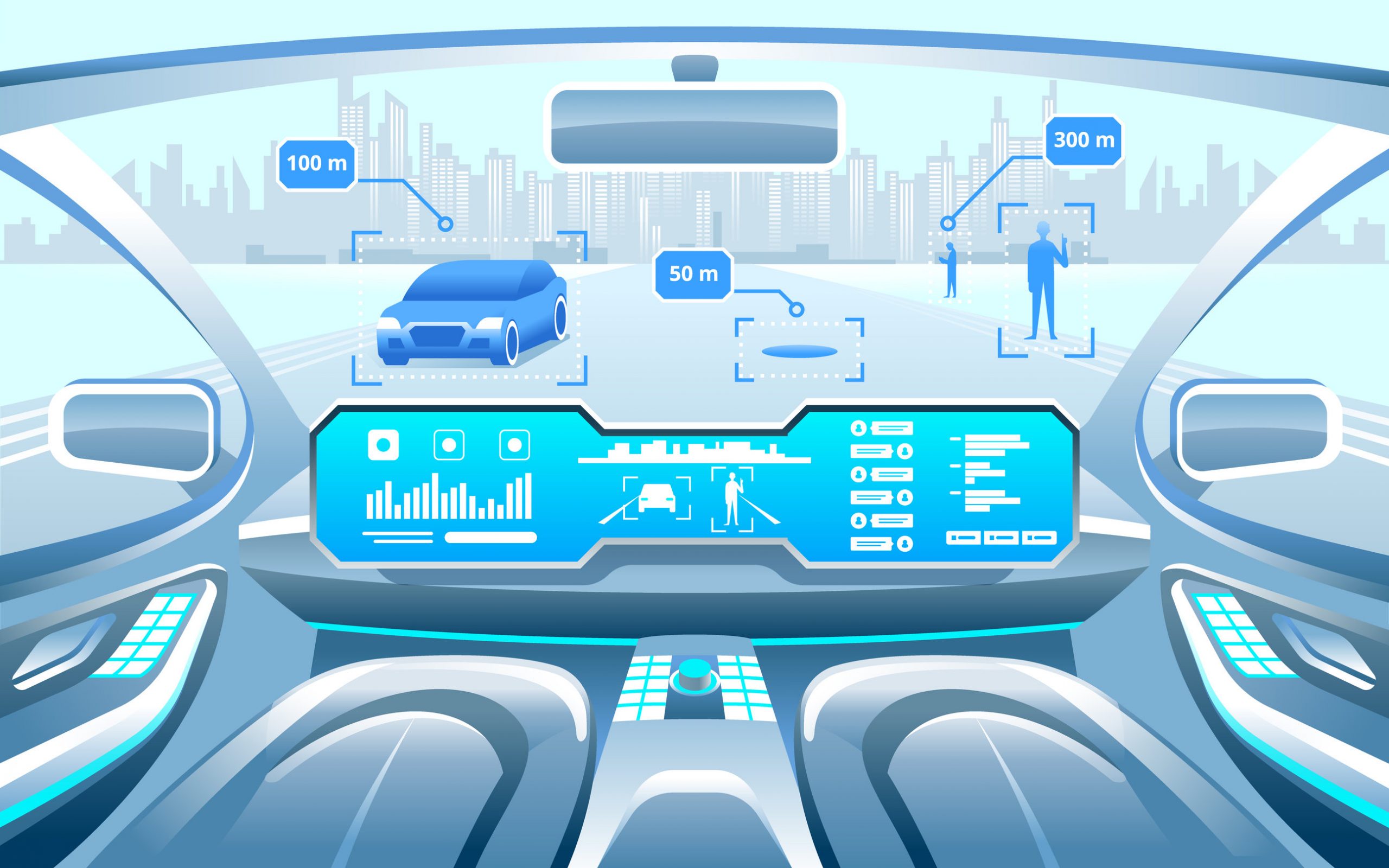Drinking and Automated Safety Systems

,
Timothy R. Primrose, Mobile Forensic Analyst
Operating a vehicle while intoxicated is dangerous, in part, because alcohol directly affects a person’s perception and reaction time. With the promise of self-driving cars, vehicle operators may see the perfect excuse to be intoxicated behind the wheel. That is, the promise that the car will simply drive for them! The biggest obstacle in their way is that no matter what they think they hear from automakers, self-driving cars simply do not exist.
As of right now, all system’s operators believed to be “self-driving” simply belong to a class of “automated vehicle systems.” These systems range from Tesla’s mislabeled “Autopilot” to traditional cruise control. The one thing all current systems have in common is that they require the driver to stay alert and be ready to take over manually in a variety of conditions (both known and unknown) including in an emergency. A dram shop case may present itself if the “savvy,” intoxicated operator crashes in a standard vehicle or one they mistakenly believe is “self-driving.”
Cell phones are a great source of outlining the events surrounding a dram shop case. Different datatypes can provide all sorts of information:
Cell tower data can depict an approximate time that a cell phone arrives or departs from a bar. Whenever a phone call is connected or a text message is sent/received, a cell tower is pinged. If someone is constantly texting or making phone calls while they are at a bar, it is likely that the same cell tower will be used until they leave the bar. As they travel to another bar or head home, new cell towers will be pinged as additional text messages or calls are made.
Text messages can also reveal when a person arrived at a bar. Something as simple as “Hey guys, I got us a spot at the bar” (8:07:24 p.m.) can provide us with an idea of when someone had their first drink.
Email accounts may receive a receipt from a credit card transaction at a bar, exhibiting how many drinks were purchased, what kind, and at what bar.
Pictures can show the actual drink that someone was drinking or the bartender serving the next round of drinks in the background of a selfie.
Geolocation data is embedded in pictures that provide the latitude and longitude coordinate of where the picture was taken, helping establish which bar the person was at.
Social media applications provide multiple sources in one. A person can check in at a bar on Facebook, share photos with friends, and message people through multiple platforms.
Combining multiple datatypes can solidify a story for your case. Determining how many bars someone went to, how many drinks they had, and the time they started to head home helps establish where a person was last served before getting behind the wheel. Some people might get behind the wheel of a vehicle while intoxicated with the impression that the vehicle will take them home safely while they take a nap in the backseat – this is a potentially perilous misperception.
Timothy R. Primrose, Mobile Forensic Analyst with DJS Associates, Inc., can be reached via email at experts@forensicDJS.com or via phone at 215-659-2010.


